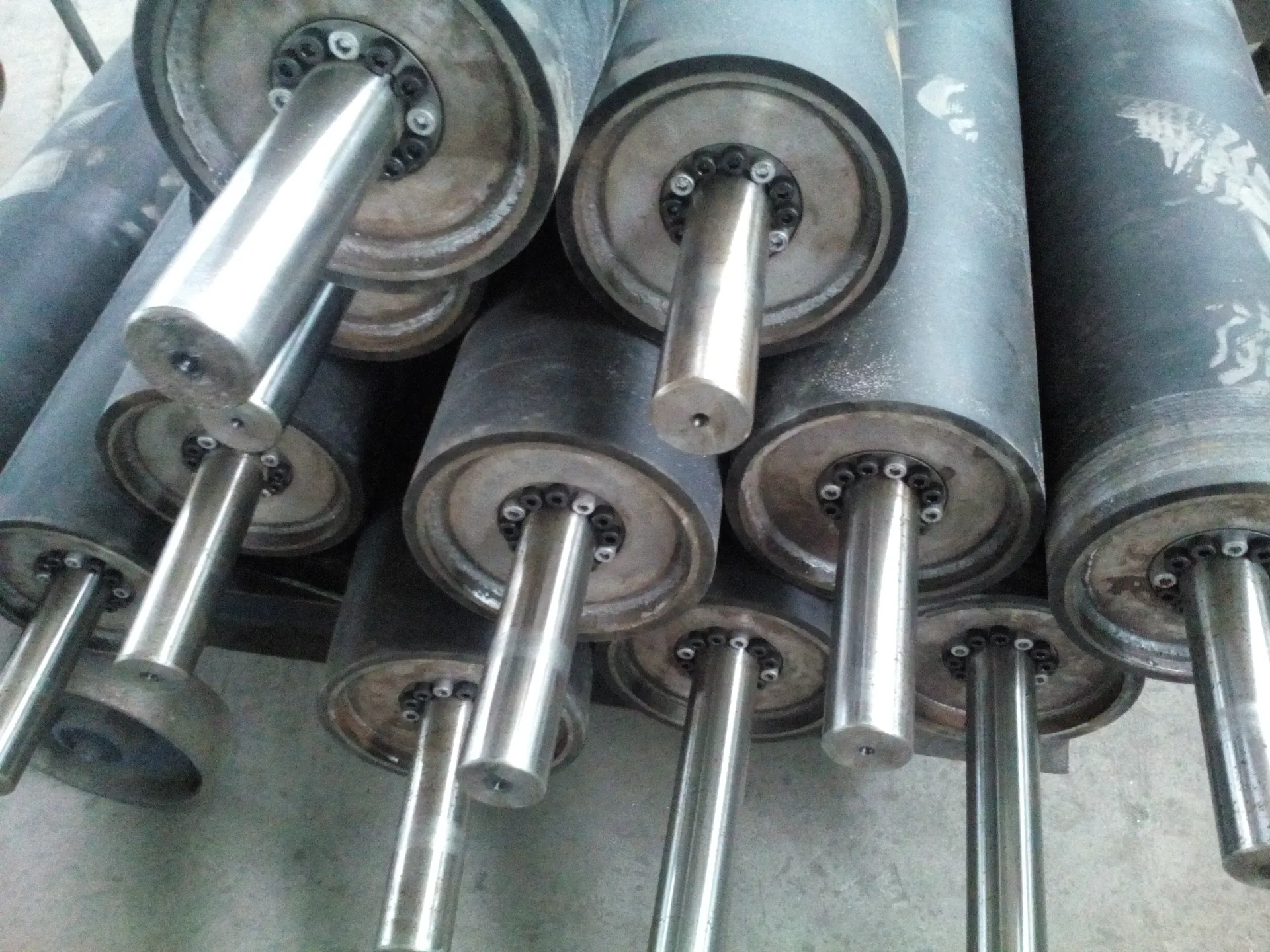 Afrikaans
Afrikaans  Albanian
Albanian  Amharic
Amharic  Arabic
Arabic  Armenian
Armenian  Azerbaijani
Azerbaijani  Basque
Basque  Belarusian
Belarusian  Bengali
Bengali  Bosnian
Bosnian  Bulgarian
Bulgarian  Catalan
Catalan  Cebuano
Cebuano  Corsican
Corsican  Croatian
Croatian  Czech
Czech  Danish
Danish  Dutch
Dutch  English
English  Esperanto
Esperanto  Estonian
Estonian  Finnish
Finnish  French
French  Frisian
Frisian  Galician
Galician  Georgian
Georgian  German
German  Greek
Greek  Gujarati
Gujarati  Haitian Creole
Haitian Creole  hausa
hausa  hawaiian
hawaiian  Hebrew
Hebrew  Hindi
Hindi  Miao
Miao  Hungarian
Hungarian  Icelandic
Icelandic  igbo
igbo  Indonesian
Indonesian  irish
irish  Italian
Italian  Japanese
Japanese  Javanese
Javanese  Kannada
Kannada  kazakh
kazakh  Khmer
Khmer  Rwandese
Rwandese  Korean
Korean  Kurdish
Kurdish  Kyrgyz
Kyrgyz  Lao
Lao  Latin
Latin  Latvian
Latvian  Lithuanian
Lithuanian  Luxembourgish
Luxembourgish  Macedonian
Macedonian  Malgashi
Malgashi  Malay
Malay  Malayalam
Malayalam  Maltese
Maltese  Maori
Maori  Marathi
Marathi  Mongolian
Mongolian  Myanmar
Myanmar  Nepali
Nepali  Norwegian
Norwegian  Norwegian
Norwegian  Occitan
Occitan  Pashto
Pashto  Persian
Persian  Polish
Polish  Portuguese
Portuguese  Punjabi
Punjabi  Romanian
Romanian  Russian
Russian  Samoan
Samoan  Scottish Gaelic
Scottish Gaelic  Serbian
Serbian  Sesotho
Sesotho  Shona
Shona  Sindhi
Sindhi  Sinhala
Sinhala  Slovak
Slovak  Slovenian
Slovenian  Somali
Somali  Spanish
Spanish  Sundanese
Sundanese  Swahili
Swahili  Swedish
Swedish  Tagalog
Tagalog  Tajik
Tajik  Tamil
Tamil  Tatar
Tatar  Telugu
Telugu  Thai
Thai  Turkish
Turkish  Turkmen
Turkmen  Ukrainian
Ukrainian  Urdu
Urdu  Uighur
Uighur  Uzbek
Uzbek  Vietnamese
Vietnamese  Welsh
Welsh  Bantu
Bantu  Yiddish
Yiddish  Yoruba
Yoruba  Zulu
Zulu impact roller for belt conveyor
Impact Roller for Belt Conveyor Enhancing Performance and Durability
In the realm of material handling systems, belt conveyors play a critical role in enhancing operational efficiency across various industries such as mining, agriculture, and manufacturing. One key component that significantly influences the performance of belt conveyors is the impact roller. Understanding the function, advantages, and best practices associated with impact rollers is essential for anyone involved in the design, maintenance, or operation of conveyor systems.
What is an Impact Roller?
An impact roller is a specialized type of roller used in belt conveyors, strategically positioned at points where heavy materials are loaded onto the conveyor system. The primary function of these rollers is to absorb the shock and impact forces that occur when materials are transferred onto the belt. By mitigating these forces, impact rollers help prevent damage to the belt and other conveyor components, thereby ensuring a longer lifespan for the equipment.
Benefits of Using Impact Rollers
1. Reduced Wear and Tear One of the most significant advantages of incorporating impact rollers into a belt conveyor system is the reduction of wear and tear. When materials are abruptly deposited onto a conveyor belt, they can cause considerable strain on the belt and associated equipment. Impact rollers help cushion this impact, thereby reducing the likelihood of premature failure or extensive maintenance costs.
2. Improved Material Handling Impact rollers facilitate smoother material handling by providing a controlled transfer point for heavy loads. This minimizes disruptions and ensures a consistent flow of materials, which is crucial for maintaining productivity in any operation.
3. Enhanced Conveyor Efficiency By reducing shock and impact forces, impact rollers help maintain the integrity of the belt, leading to increased efficiency of the entire conveyor system. A well-maintained conveyor operates with fewer disruptions and greater reliability, contributing to overall operational efficiency.
impact roller for belt conveyor

4. Versatility Impact rollers are available in various designs and materials, making them suitable for different applications and environments. Whether dealing with heavy bulk materials or lighter loads, there is an impact roller designed to meet specific needs.
5. Cost-Effectiveness While there is an initial investment involved in integrating impact rollers into a conveyor system, the long-term savings associated with reduced maintenance and increased productivity make them a cost-effective choice for businesses looking to optimize their material handling processes.
Selecting the Right Impact Roller
When choosing the appropriate impact roller for a belt conveyor system, several factors need to be considered
- Load Capacity Ensure that the selected impact roller can handle the weight of the materials being transported. - Environmental Conditions Assess the working environment, including temperature, moisture levels, and exposure to chemicals, to choose the right materials for the roller. - Design Features Examine design specifics such as the number of impact zones and roller diameter, which can influence performance based on the application.
Conclusion
In conclusion, impact rollers are indispensable components in belt conveyor systems. Their ability to absorb shocks and minimize wear not only improves the performance and efficiency of conveyor systems but also extends their operational lifespan. Industries that prioritize the use of quality impact rollers are likely to experience reduced maintenance costs and enhanced productivity. As the demand for efficient material handling solutions continues to grow, the implementation of impact rollers represents a forward-thinking approach to optimizing conveyor operations. By investing in the right impact rollers, businesses can ensure they are well-equipped to handle the demands of modern industrial processes.
-
Revolutionizing Conveyor Reliability with Advanced Rubber Lagging PulleysNewsJul.22,2025
-
Powering Precision and Durability with Expert Manufacturers of Conveyor ComponentsNewsJul.22,2025
-
Optimizing Conveyor Systems with Advanced Conveyor AccessoriesNewsJul.22,2025
-
Maximize Conveyor Efficiency with Quality Conveyor Idler PulleysNewsJul.22,2025
-
Future-Proof Your Conveyor System with High-Performance Polyurethane RollerNewsJul.22,2025
-
Driving Efficiency Forward with Quality Idlers and RollersNewsJul.22,2025





























